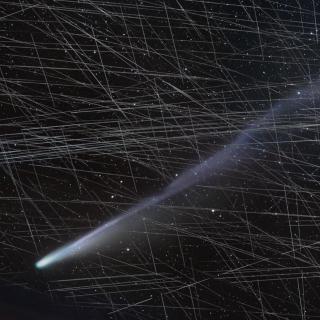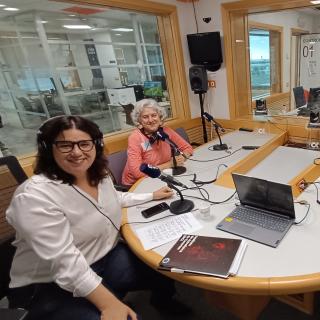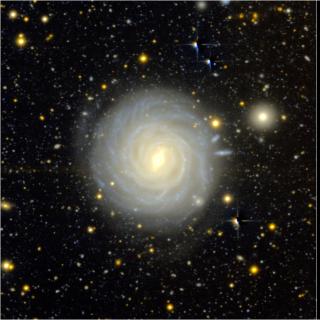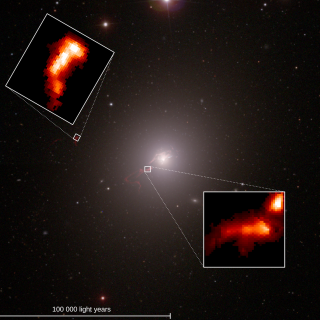
La Jefatura Provincial de Inspección de Telecomunicaciones de Santa Cruz de Tenerife, perteneciente al Ministerio para la Transformación Digital y de la Función Pública, ha dado a conocer los recientes datos obtenidos del espectro radioeléctrico en los Observatorios de Canarias, del Instituto de Astrofísica de Canarias (IAC), en un esfuerzo conjunto para proteger la calidad del cielo en las instalaciones científicas de los observatorios. Estos datos han sido recopilados en los dos observatorios, el Observatorio del Teide y el Observatorio del Roque del Roque de Los Muchachos, ubicados en
Advertised on




